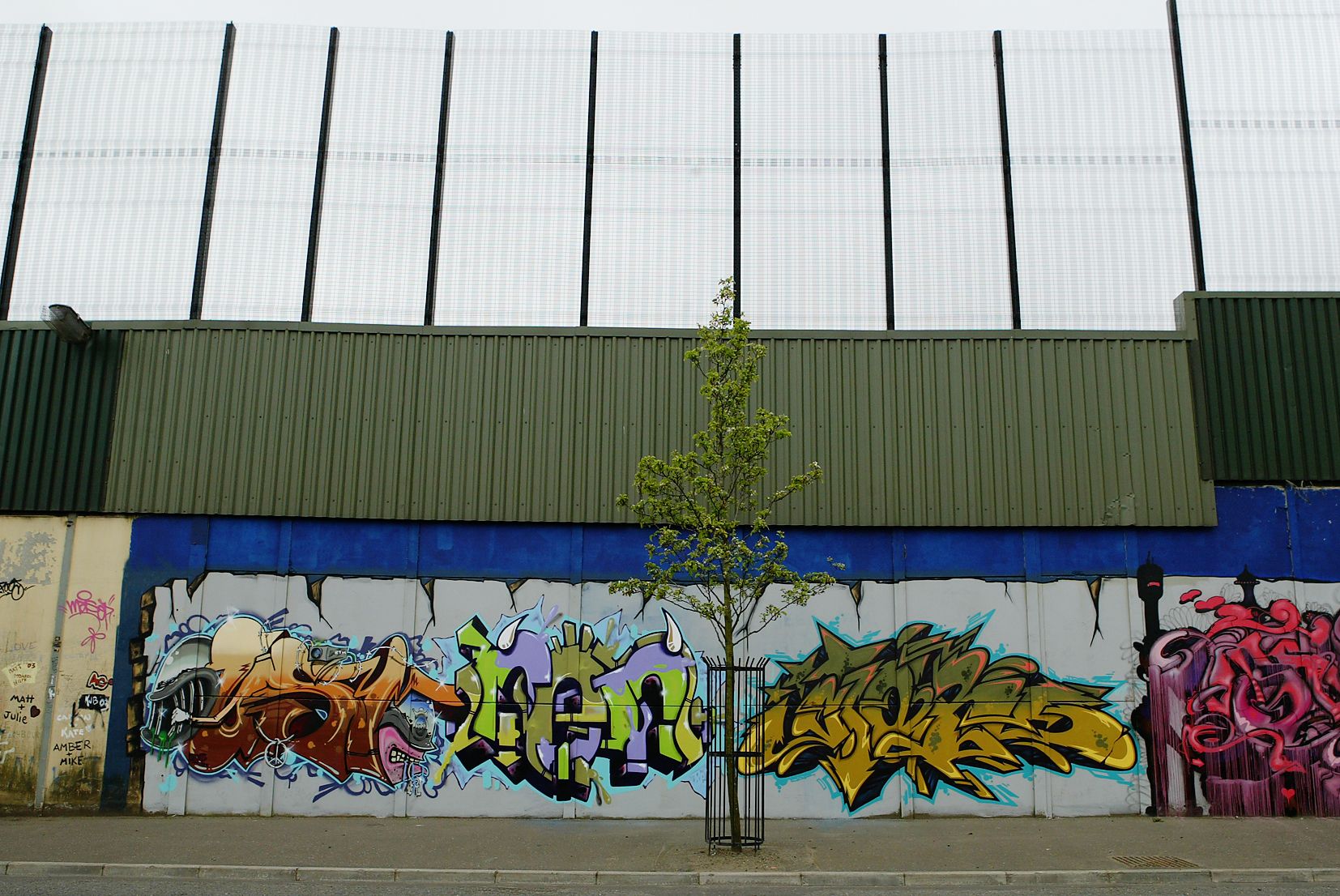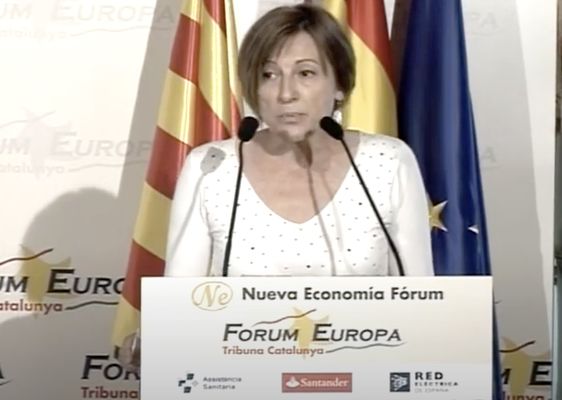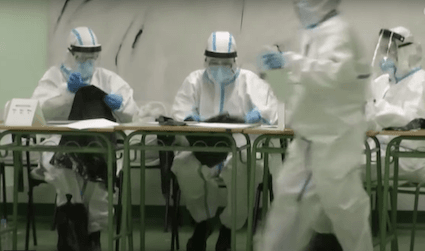Walls come down. The classic example is the Berlin Wall separating east and west Berlin. It came tumbling down in 1989. Hardly a trace remains.
There are differences of course with Northern Ireland. But there was an opportunity that was completely missed. It would have been good if Berliners had preserved a section of the wall, as a monument to the past and, in broken, jagged form, as a beacon of light pointing to the future.
We have a long way to go but wouldn’t it be wonderful, as a beginning, to turn the main Peace Line in Belfast into a resource for the present and the future. What I am suggesting is a Museum of the Troubles and Peace incorporating part of the existing wall that separates the Lower Falls and Lower Shankill.
A site close to Cupar Way would be equally accessible to both sides of our divided community and could help open up personal contact between the two. The project could also spearhead economic regeneration in two seriously disadvantaged areas. Cafés, boutiques, formal and informal meeting places might be all part of the package.
The new 'Wall on Wall' exhibition on the Falls/Shankill Peaceline. The Belfast Wall is now 50 years old outdating the Berlin one by 20 years. Top of Premier Division now. Could it be up for another 50? Hopefully not 🤞 #anBalla #Dóchas #BéalFeirste #TheWall pic.twitter.com/dTq8nCGmb3
— Micheál Ó Cinnéide (@MickKennedy76) October 10, 2019
There is a wider case for a Museum of the Troubles and Peace. A younger generation of our people has no direct experience of the Troubles and not enough contact across the communal divide.
A museum, exhibition centre, peace and reconciliation zone – call it what you will – could help us as a society deal with the past in a way that is challenging but not threatening.
This would require a range of stakeholders, including Belfast City Council, community groups, the Irish and British governments, and the existing museum sector. Particularly important here are the ‘small museums’, particularly those with republican and loyalist colourations. One might envisage mutually beneficial cooperation between these and a museum that reaches across all of society and on the scale of the Titanic complex. Setting territorial and related instincts aside for a moment, why not?
If the Troubles have taught us anything it is that the period was hugely complex, all kinds of motives went into the mix, and the many different and often discordant voices need to be heard. This could be economically beneficial, bringing in visitors from home and abroad. More importantly, the project could contribute to community building and reconciliation.
IF WALLS COULD TALK: Cupar Way separates the Falls and the Shankill
So the vision is of a museum that covers not only the Troubles but also peace and the peace process. One of the untold stories of the past is how families and people managed to live lives against a backdrop of political violence, disruption and sometimes mayhem. This resilience, a people’s history of the Troubles, needs to be acknowledged and celebrated.
In other words, the Troubles was not just about the Troubles.
The ‘high’ politics of the peace has its own drama. The role of John Hume, Gerry Adams, Martin McGuinness, David Trimble, Ian Paisley, Bertie Ahern, Tony Blair, irrespective of whether one agrees with all or any of them in the search for peace, needs to be represented. There are also the vital roles of the Americans, most notably the mediating work of Bill Clinton, Hilary Clinton and George Mitchell. The European Union played its part as well.
50 Years ago this week, a barbed wire ‘Peaceline’ replaced community barricades in #Belfast. #Peacewalls50 https://t.co/kdqiOgcpkG pic.twitter.com/RHJBXXPaQK
— Interface Architects (@Inter_Arch) September 12, 2019
Some of these might wish to endorse the idea and open doors to international funding. The guiding philosophy would be a multi-authored narrative of the Troubles, presented in an attractive form that uses multi-media, digital technology and artefacts from the period to tell the multiple stories of those troubled times, and the aftermath. The story stretches across Ireland, North and South, Britain and Irish America.
The aim for the visitor would be to create an experience that is challenging, educational and memorable. The facility might also include meeting rooms, a youth and audio-visual centre, an oral history centre and a resource unit for community groups.
It is possible, though this is purely speculative, that some of the creativity that went into the moribund Maze project might be switched, if the goodwill is there, to this alternative project. From the Maze to the Wall, as it were.
Irene Boada Montagut is one of the promoters of the Museum of the Troubles and Peace.








